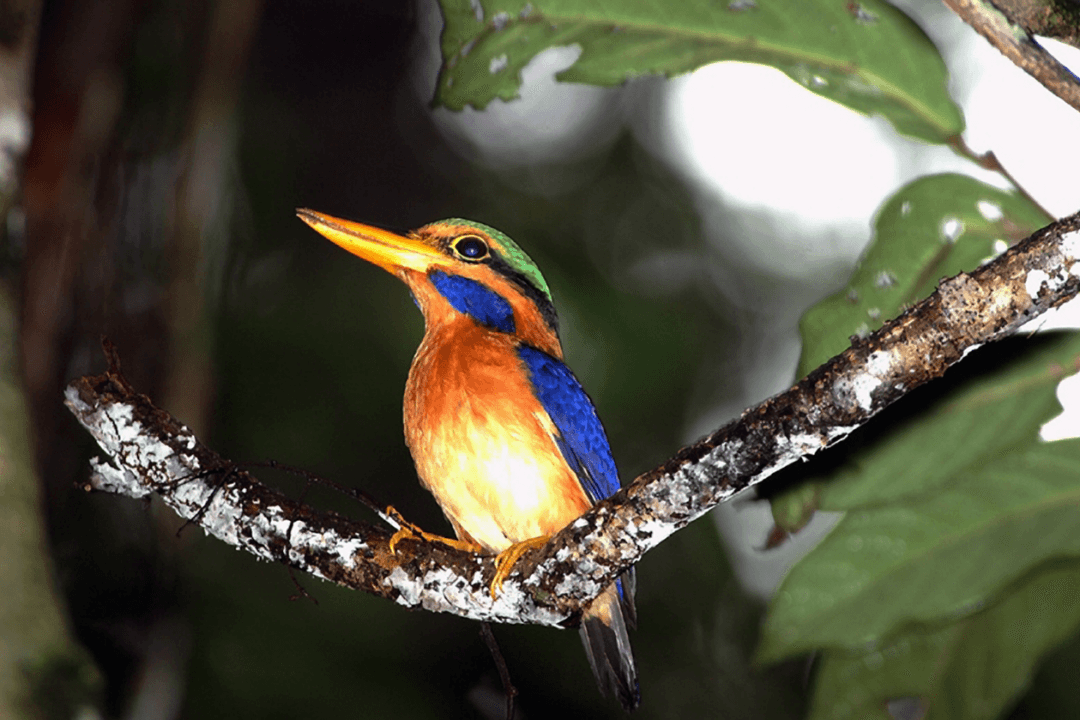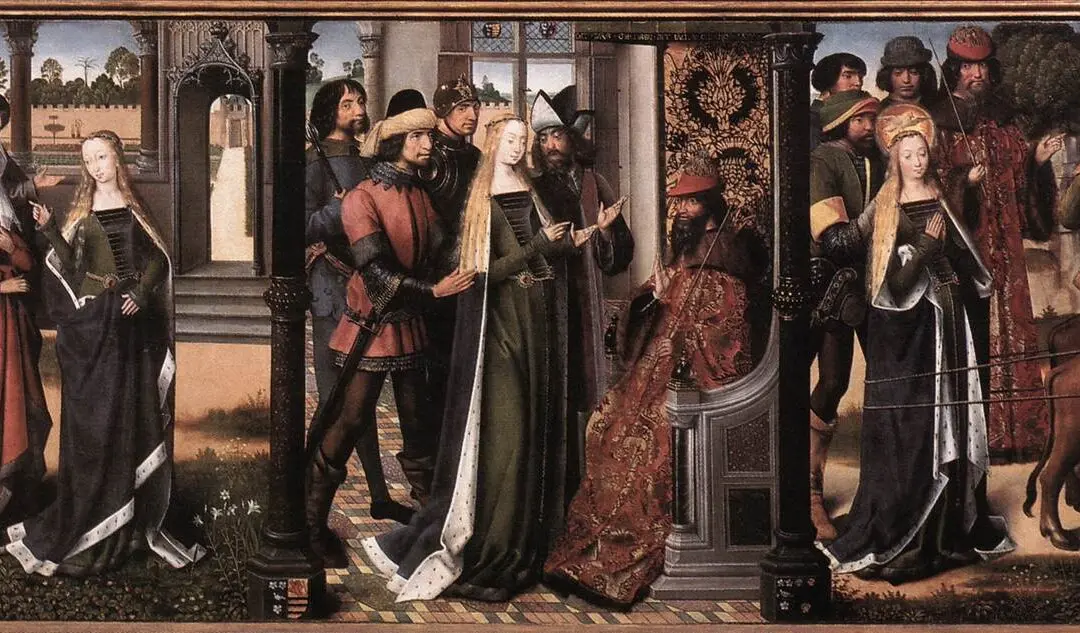As kingfishers catch fire, dragonflies draw flame; As tumbled over rim in roundy wells Stones ring; like each tucked string tells, each hung bell’s Bow swung finds tongue to fling out broad its name; Each mortal thing does one thing and the same: Deals out that being indoors each one dwells; Selves—goes itself; myself it speaks and spells, Crying Whát I dó is me: for that I came.
I say móre: the just man justices; Keeps grace: thát keeps all his goings graces; Acts in God’s eye what in God’s eye he is— Chríst—for Christ plays in ten thousand places, Lovely in limbs, and lovely in eyes not his To the Father through the features of men’s faces.





